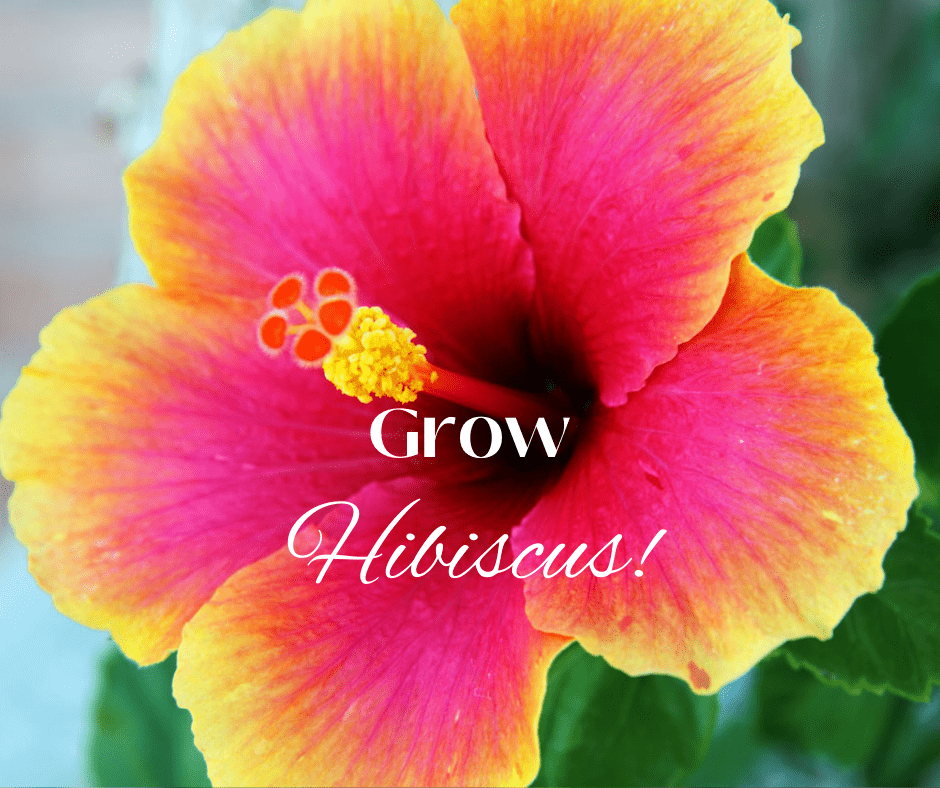This post may contain affiliate links. As an Amazon Associate we earn from qualifying purchases.
Learn how to grow the Arabian jasmine plant to fill your garden with an aroma like no other!
Known as “pikake” in Hawaii and Arabian jasmine plant elsewhere, Jasminum sambac’s tiny white flowers pack a wallop when it comes to fragrance.
Native to India, this olive-family member thrives in U.S. Department of Agriculture plant hardiness zones 9 through 11. Gardeners in colder regions can grow vine or small shrub in containers indoors. (Find your growing zone here).
Growing Arabian jasmine plants outdoors
Give your jasmine a sunny, warm location. Daytime temperatures between 80 and 90 degrees Fahrenheit and nighttime temperatures between 70 and 80 degrees are optimal for flower production.
In fact, just one night with temperatures in the low 60s “can shut down flowering for 1 to 2 weeks,” according to tropical plant and social scientists at the University of Hawaii Cooperative Extension.
Water and fertilizer
The moisture content of the soil in which the Arabian jasmine plant is planted is the most important aspect of the plant’s care. Excessive moisture will kill it, so water the jasmine only when the top two inches of soil is dry.
As a general rule of thumb, provide the plant, whether grown in a container or in the garden, 1 inch of water per week.
Promote more and larger blooms by fertilizing the outdoor jasmine with a high-phosphorus fertilizer, such as 10-30-10. A water-soluble liquid 3-1-2 fertilizer is ideal for the indoor jasmine.
Fertilizer is applied three times during the year, with the first application at pruning (in late fall or winter, after the plant finishes blooming) and then two more applications during the growing season.
For the outdoor jasmine, use 1.5 pounds of the fertilizer granules per 250 square feet of planting area each time you fertilize.
Sprinkle the granules evenly on the soil at the plant’s drip line, completely surrounding it. Use a hand rake to scratch the fertilizer into the soil and then water as you normally do.
Use a 3-1-2 fertilizer for the indoor-grown jasmine at the rate recommended on the label. Pour the solution over the soil, stopping when it runs from the bottom of the pot. Water immediately after the application.
Pruning the Arabian jasmine
To maintain the size and shape of the jasmine, prune it when it stops flowering, in fall or winter. Depending on the size of the plant, use hedge trimmers or hand pruners that you’ve disinfected in a solution of 1 part of household disinfectant to 3 parts of water.
Tip: Remove any crusted-on soil from your pruning equipment before soaking it in the disinfectant solution for five minutes. Rinse the tool with water before using it on the jasmine plant.
Cutting the plant back to a height of 2 feet will rejuvenate it for the following season.
To promote additional flowers during the growing season, trim the tips of shoots back to just above a lateral bud. These buds are located along the sides of the stems, not at the tips.
Arabian jasmine pests
Spider mites are the most common pest you’ll find on the Arabian jasmine. They are difficult to see with the naked eye but look on the leaves for tiny black or brown dots that move or webbing.
Prevent spider mite infestations by keeping the jasmine’s leaves dust-free. Control the pest with a pre-mixed commercial insecticidal soap spray or mix 5 tablespoons of a concentrated product in 1 gallon of water.
Spray the solution on all surfaces of the plant, ensuring that they are completely covered with the spray.
This spray will also control aphids but requires a reapplication after 10 days.
Warning: Jasminum sambac is listed as a Category II invasive plant in Florida.
Resources
Jack’s Classic Blossom Booster Fertilizer
Safer’s Insecticidal Soap






